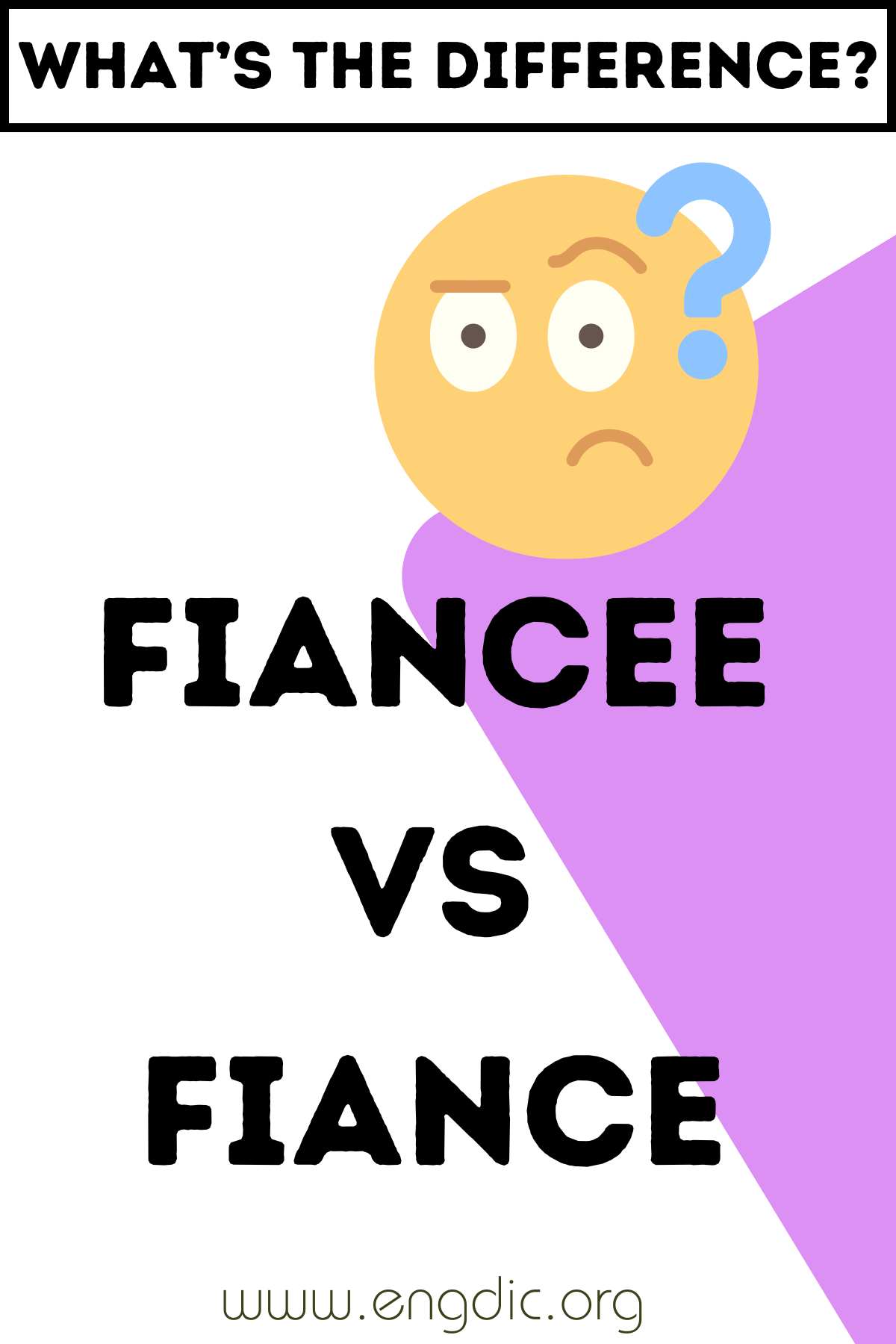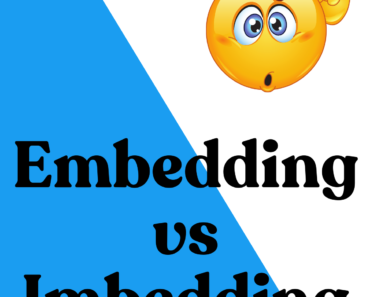The difference between “fiancée” and “fiancé” is rooted in gender distinctions in the French language.
“Fiancée” is used to refer to a woman engaged to be married, while “fiancé” refers to a man in the same position. Both terms are borrowed from French, where the added “e” at the end of “fiancée” indicates a feminine form, and the lack of it in “fiancé” indicates a masculine form. They both derive from the past participle of “fiancer,” which means “to engage.”
Fiancée
Definition: A fiancée is a woman who is engaged to be married.
Usage:
- Formal Announcements: When announcing an engagement in a formal setting, using “fiancée” emphasizes the gender of the individual.
- Example: “John proudly introduced Maria as his fiancée at the family dinner.”
- Invitations and Letters: The word is often used in invitations or letters to specify the gender of the engaged partner.
- Example: “Jessica and her fiancée, Claire, will be attending the wedding.”
Fiancé
Definition: A fiancé is a man who is engaged to be married.
Usage:
- Formal Announcements: In the same manner as “fiancée,” the term “fiancé” is used in formal announcements to refer to the male partner in an engagement.
- Example: “Linda couldn’t wait to introduce her fiancé, David, to her friends.”
- Invitations and Letters: The word “fiancé” is used in formal writing to denote the male partner in an engagement.
- Example: “Jason and his fiancé, Mark, have set a date for their wedding.”







